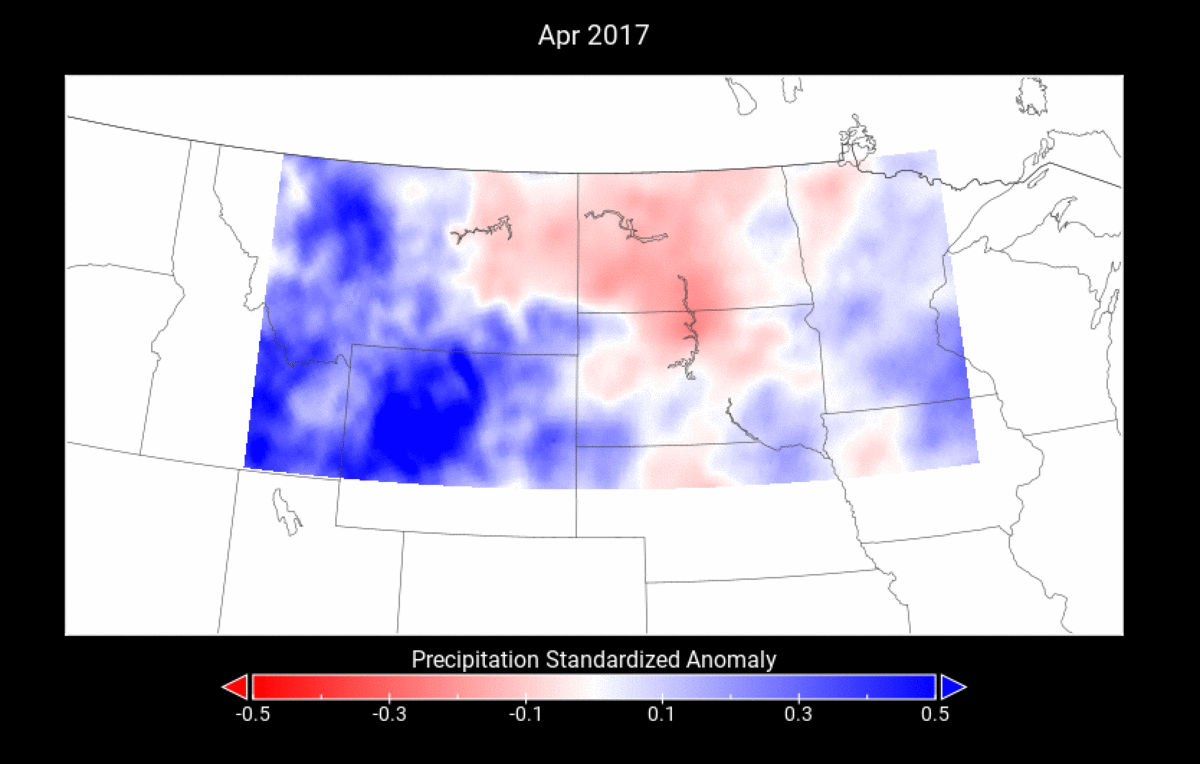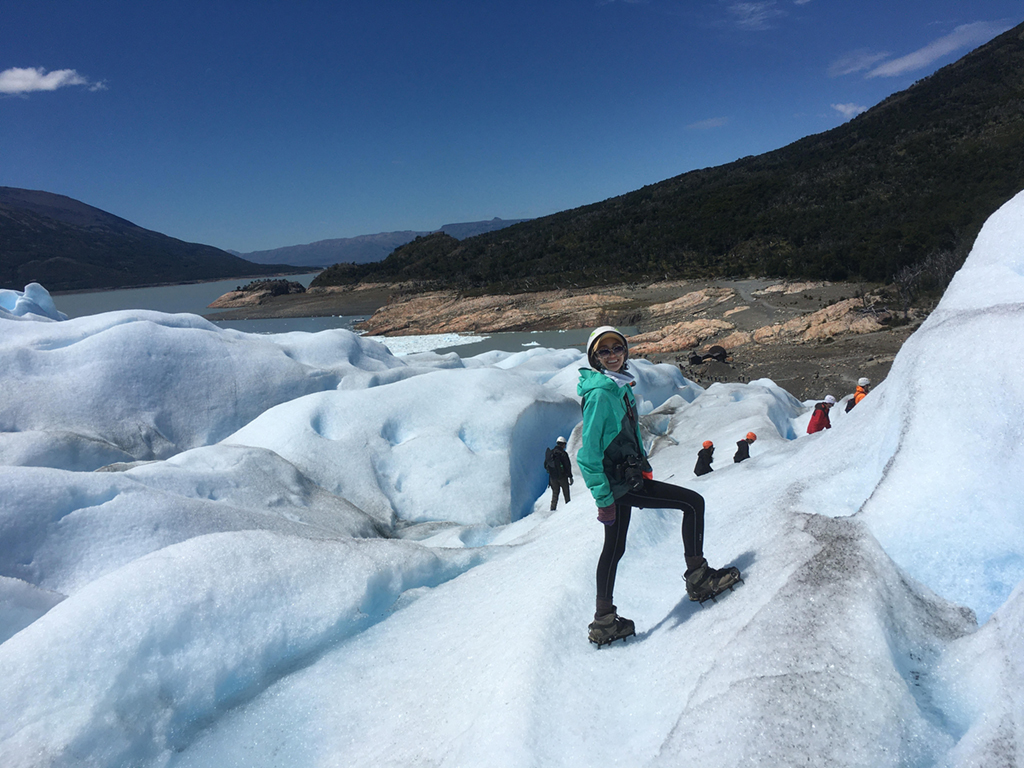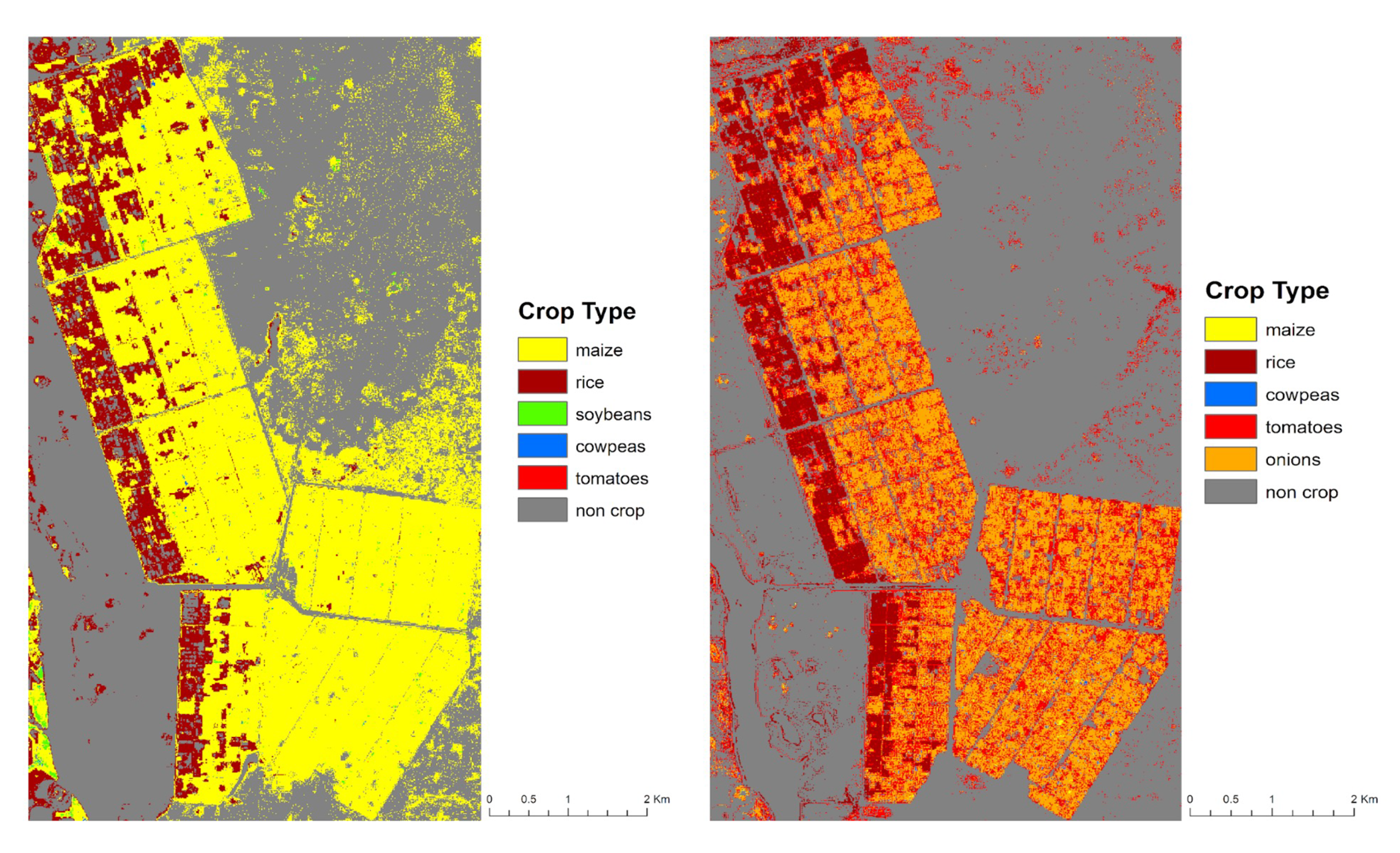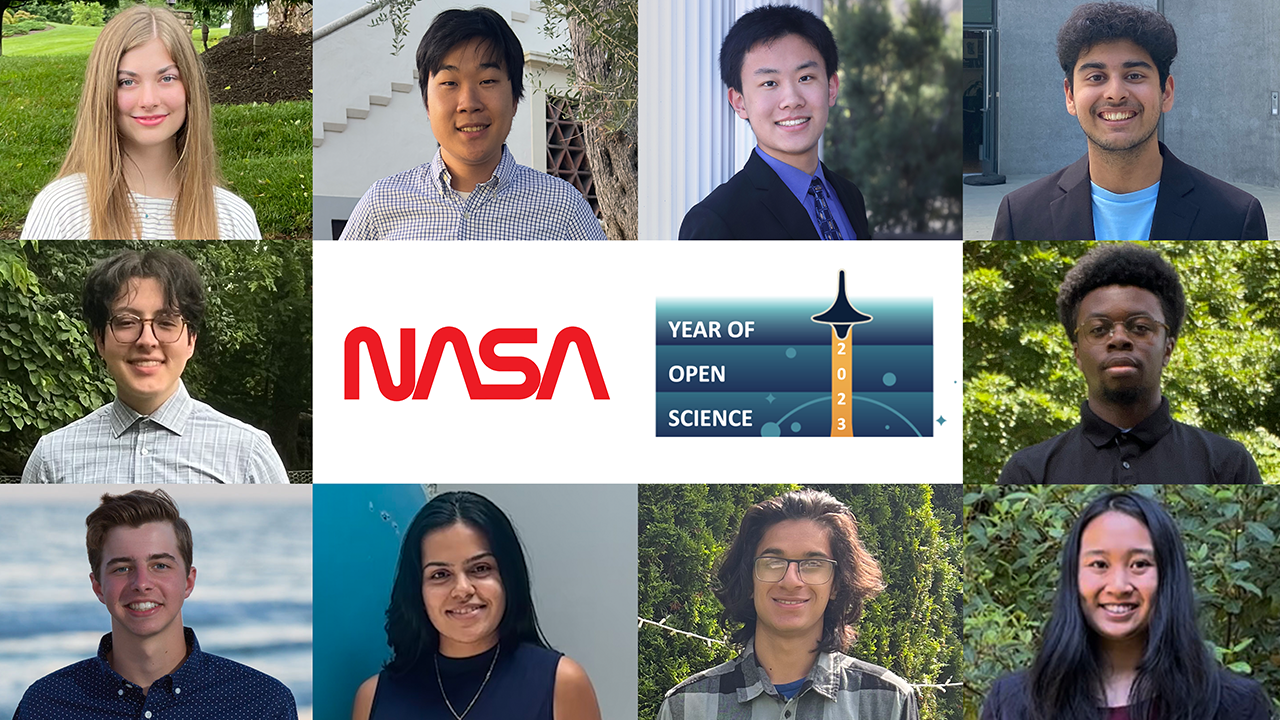How NASA Deepened Our Understanding of Earth in 2023
In 2023, The NASA Center for Climate Simulation (NCCS) and the NASA Science Managed Cloud Environment (SMCE) provided mission-critical, tailored computing resources to enable research and accelerate scientific discoveries that deepen our understanding of Earth and better prepare for its changing climates.
Below are a few examples of how understanding our home planet better through scientific research provides direct benefits to humanity. Click on the story links below each image and video for credits and to read more about each project.
Understanding the Human Impacts on Flooding and Flood Control to Increase Flood Resilience
A team of NASA researchers in the Hydrological Sciences Laboratory at NASA Goddard Space Flight Center modeled and measured how climate-induced hydrological changes can impact Southern Louisiana’s water dynamic in synergy with sea level rise using the same levels of water management. By using the same process of modeling climate-induced hydrological change interacting with sea level rise at a global level, the team will apply the methodology to better understand and forecast flood risk across the globe, ultimately helping water managers plan interventions that can increase flood resilience. To accomplish this study, the research team were supported by the resources of the Earth Information System (EIS), a pilot project supported by the NCCS and the SMCE.

Understanding Carbon Uptake by Global Boreal Forests to Inform Carbon Mitigation Policies
According to NASA research, summer 2023 was Earth’s hottest since global records began in 1880. In this changing climate, the Arctic and boreal region is experiencing the strongest warming trends – close to four times the global average. With high-latitude regions warming rapidly, understanding whether the Arctic-boreal zone is a net carbon sink or source is needed to inform carbon mitigation policies.
To better understand the complexities of carbon uptake across the Arctic-boreal region, 38 scientists from more than 20 institutions worldwide including NASA mounted a global-scale study. The researchers combined multiple observational datasets, a computer model, and NCCS computing resources to estimate carbon uptake by all Arctic-boreal forests, leveraging the NCCS Explore/ADAPT Science Cloud’s ABoVE Science Cloud nodes serving the Arctic-Boreal Vulnerability Experiment (ABoVE).
At the NASA Goddard Institute for Space Studies (GISS) in New York City, a team of experts including oceanographers are using the NCCS Discover supercomputer to conduct complex simulations, studying large-scale ocean circulation, currents which carry and store massive amount of heat and carbon and greatly impact climate and ecosystems.
Understanding How Snowflakes Melt in the Upper Atmosphere to Better Estimate Rainfall
Realistically melting snowflakes is an important step towards understanding how precipitation is formed in rainstorms, yet capturing these dynamics accurately is quite challenging. Scientists in the Advanced Software Technology Group (ASTG) at NASA’s Computational and Information Sciences and Technology Office (CISTO) and in NASA Goddard’s Mesoscale Atmospheric Processes Laboratory are working on the SnowMeLT research project. The SnowMeLT team relies upon the use of the NCCS Discover supercomputer at NASA Goddard to enable complex, realistic simulations of melting snowflakes. This work will help improve the understanding of how rainfall forms in the upper atmosphere, contribute to an improved representation of precipitation processes in numerical weather prediction model forecasts, and lead to improved rainfall estimates from storm systems.

Using Hydrological Models and Cloud Computing Platforms to Understand Flash Droughts
Scientists at NASA Goddard’s Hydrological Sciences Laboratory used NASA’s EIS cloud computing platform to conduct research on flash droughts in the northern Great Plains. The NASA SMCE team helped expedite the laboratory’s collaborative study of flash droughts through the development of the EIS cloud computing platform.

Understanding How Heatwaves Affect Phytoplankton, Key to the Earth’s Oceanic Food Chain
Microscopic phytoplankton, one of Earth’s tiniest creatures, play several key roles on our planet. They are the first level of the marine food chain, serving as nutrients for small fish and invertebrates such as shrimp and snails. Drop-offs in phytoplankton populations ultimately mean fewer larger fish for humans up the chain to grow, catch, and eat. Phytoplankton also account for about half of Earth’s annual global biological productivity. All over the world, they turn sunlight and carbon dioxide into organic matter, including through photosynthesis like plants do on land. In a first-of-its-kind study, NASA Goddard scientists used the NCCS Discover supercomputer to combine ocean data and modeling to assess how recent heatwave events affected phytoplankton populations in the open Pacific Ocean.

Understanding the Polar Atmosphere and How it Relates to Ice Over the Ocean and Land
Researchers at NASA Goddard’s NASA’s Cryospheric Sciences Laboratory used a suite of high-resolution, regional weather modeling and downscaled climate reconstructions and projections and the high-performance computing resources of the NCCS to explore the influence of past and future climate change on Arctic cyclone characteristics. These cyclones have complex and significant influences on sea ice and the global climate, and they are expected to intensify as Earth’s climate continues to warm.

Leveraging Machine Learning Models and Satellite Data to Understand and Predict Crop Yields
The NCCS Explore/ADAPT Science Cloud enabled NASA Goddard Space Flight Center scientists in NASA Goddard’s Biospheric Sciences Laboratory and collaborators to leverage machine learning models and satellite data to predict crop type and yields in Burkina Faso, West Africa. The computational study is part of a cooperative agreement between NASA Goddard and the Millennium Challenge Corporation (MCC), an independent U.S. foreign assistance agency focused on reducing global poverty.

Understanding Earth with the Support of NASA Summer Interns and Open Science
Along with the research conducted by NASA scientists and their collaborators this year, summer 2023 NASA interns also did their part in helping increase NASA’s ability to model and understand our changing planet. Ten young researchers – two high school students, seven undergraduate students, and one graduate student – worked with NASA open science data on open platforms within the CISTO office at NASA Goddard Space Flight Center.
“Using commercial Amazon Web Services (AWS) accelerated our summer interns’ research,” CISTO Chief Dan Duffy said. “Leveraging Jupyter notebooks, large data sets, and parallel clusters, our interns took on a diverse set of research projects, including everything from building a Python front-end framework to run the NASA Unified Weather Research Forecast (NU-WRF) model in the cloud to analyzing machine learning predictions for weather using high-resolution NASA reanalysis data.”
Building and providing the SMCE to these interns directly addressed three of the primary goals of the Year of Open Science: to advance open and equitable research; improve research infrastructure; and provide open science research participation for emerging scholars.
MORE EARTH SCIENCE NEWS STORIES
Sean Keefe, NASA Goddard Space Flight Center
December 5, 2023

Wanda Parisien is a computing expert who navigates the vast landscape of hardware and software. With a focus on computer technology, software development, and industry trends, Wanda delivers informative content, tutorials, and analyses to keep readers updated on the latest in the world of computing.


